We use cookies to make your experience better. To comply with the new e-Privacy directive, we need to ask for your consent to set the cookies. Learn more
Breed Profile: Marwari Horse
The modern Marwari horse is a descendant of war horses that aided royal families and warriors during the feudal era of India. They are quite rare and known for their inward turning ear tips.
Exportation of Marwaris was banned for decades, but between 2000 and 2006, a small number of exports were allowed. Since 2008, visas allowing temporary travel of Marwaris outside India have been available in small numbers.
Physical Description
Marwari horse can grow from 14-16 hands, depending on the area where it originated.
They can be bay, chestnut, grey, palomino or pinto. Grey horses are considered to be the most favourable and black horses (the symbol of death) are the least favoured.
The horse's unique ears curve inward. When these ears are pricked forward, they form a perfectly beautiful arch.
This breed has fine and silky coat that suits warm climates.
Interesting Facts About the Breed
- The breed can rotate its ears 180 degrees.
- This breed is a native to Marwar region of India.
- Marwari horses were once threatened to extinction but were saved from such fate by horse lovers and surviving Rajput families
- Seen as a noble horse and were believed to have lived since the world’s beginning.
- They have excellent digestive system, not requiring carbs and fats as much as other horses would. They are used to moving freely but if stall confinement is necessary, time should be allotted for exercise.

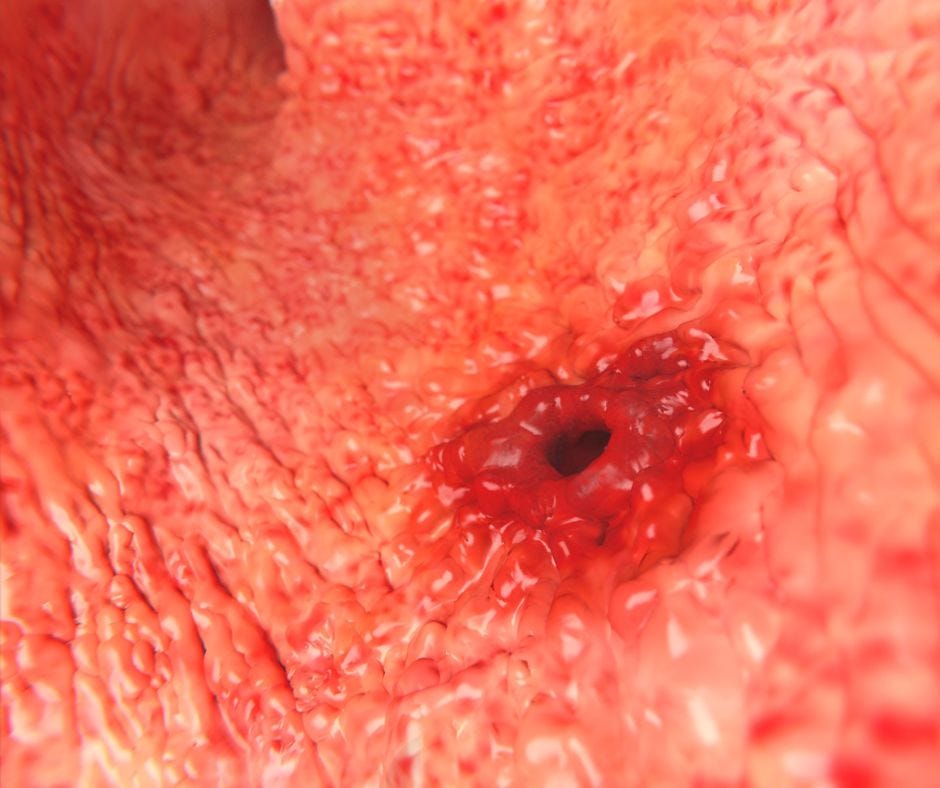

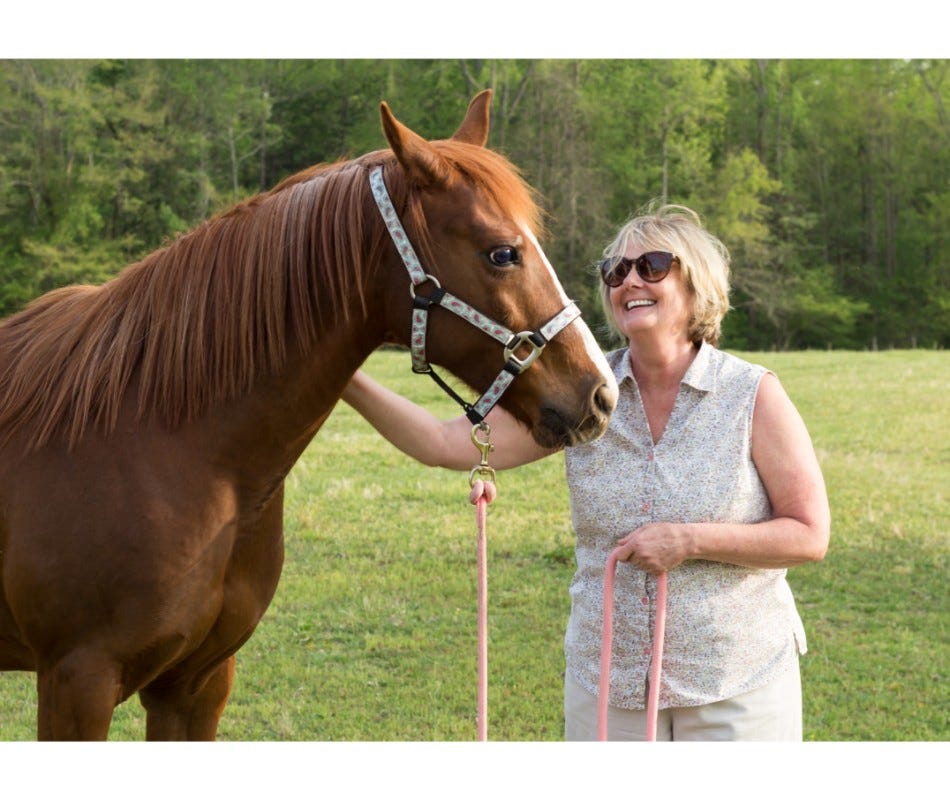
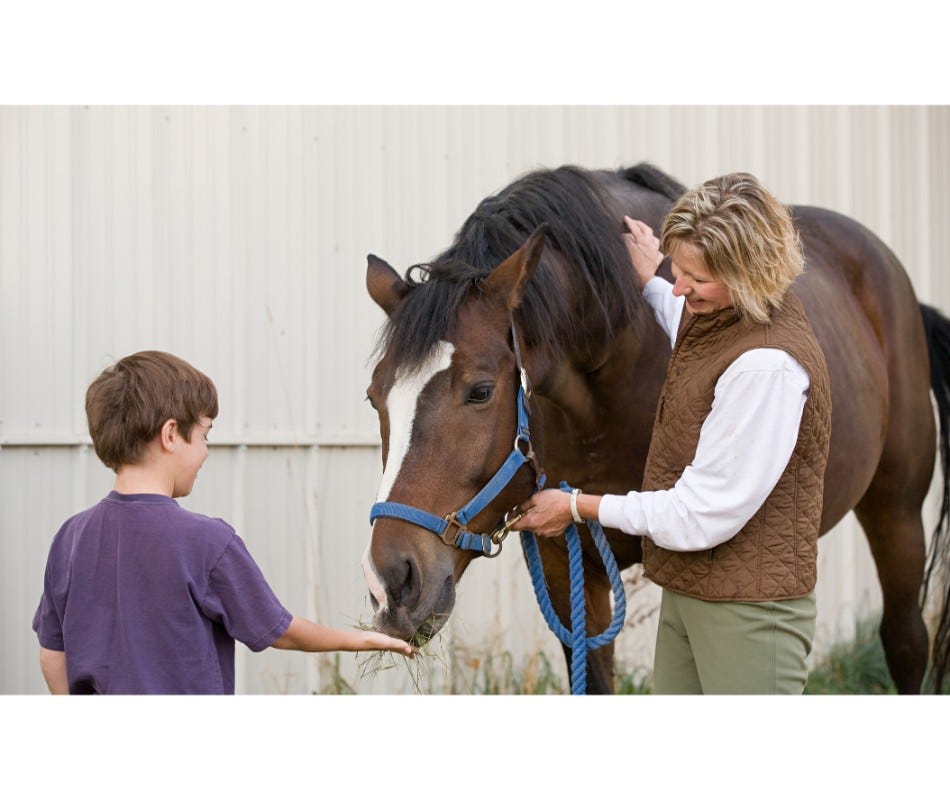
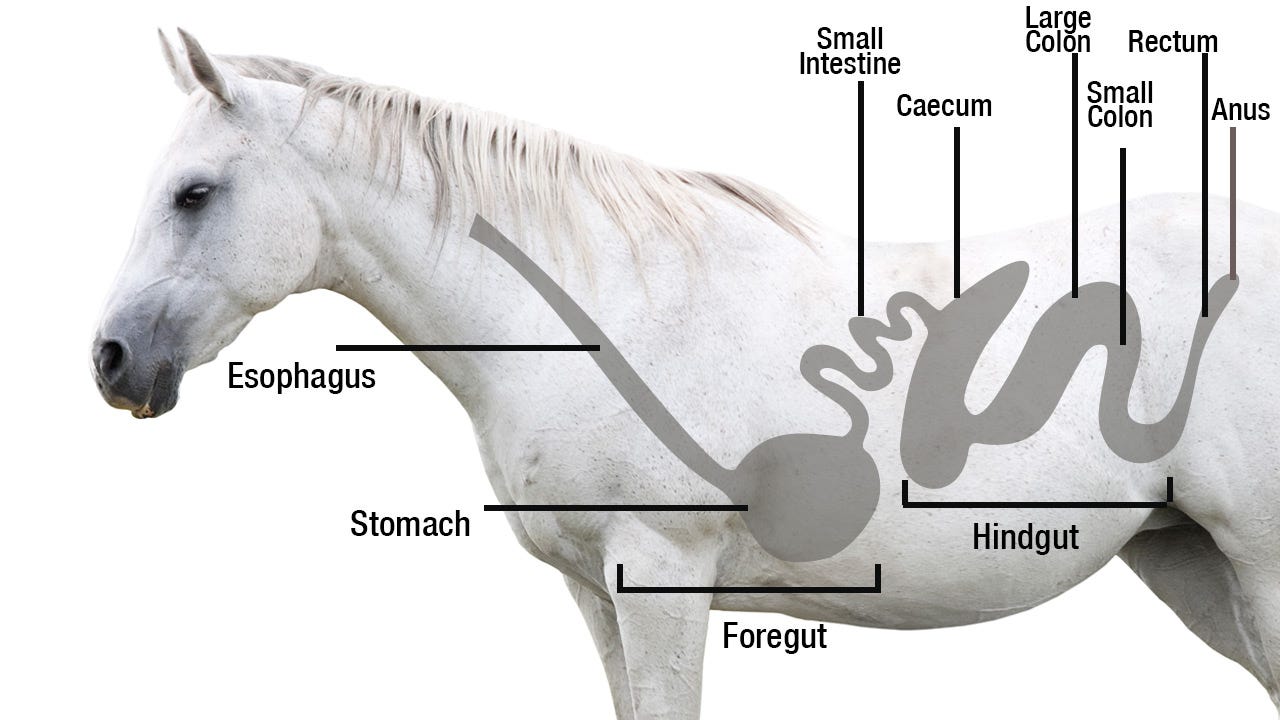
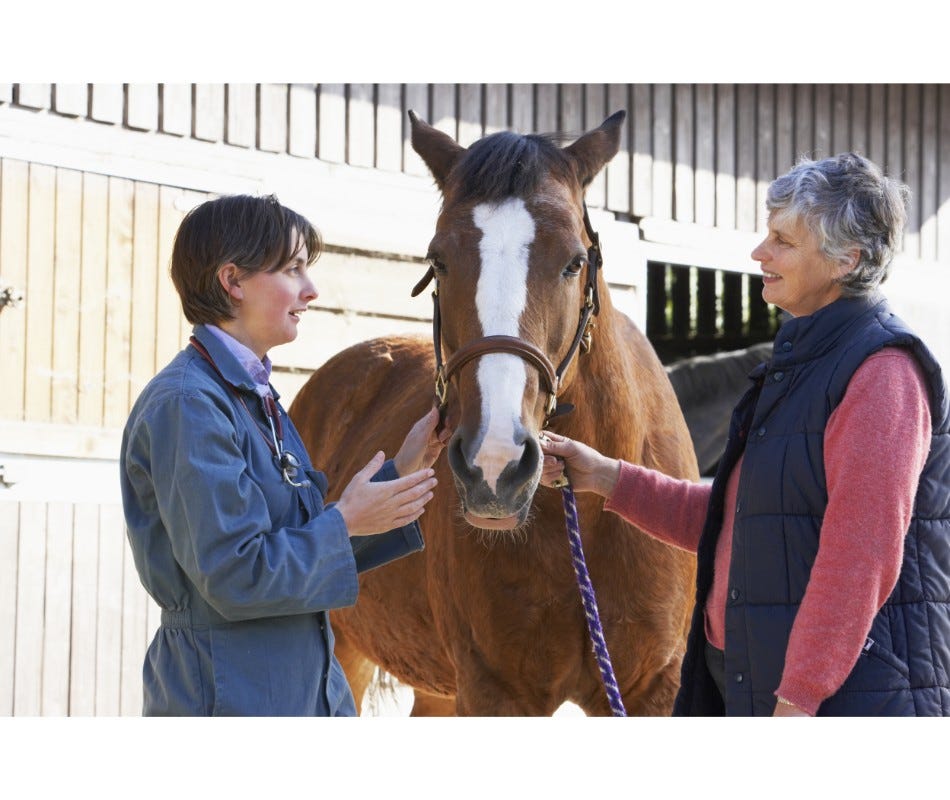
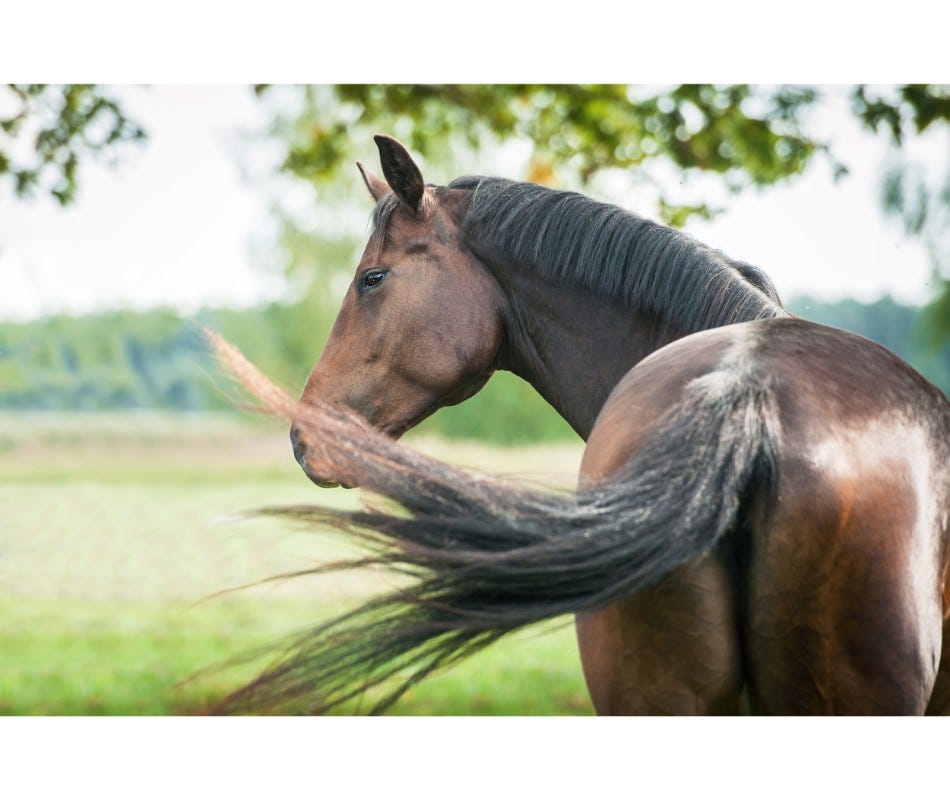
Validate your login